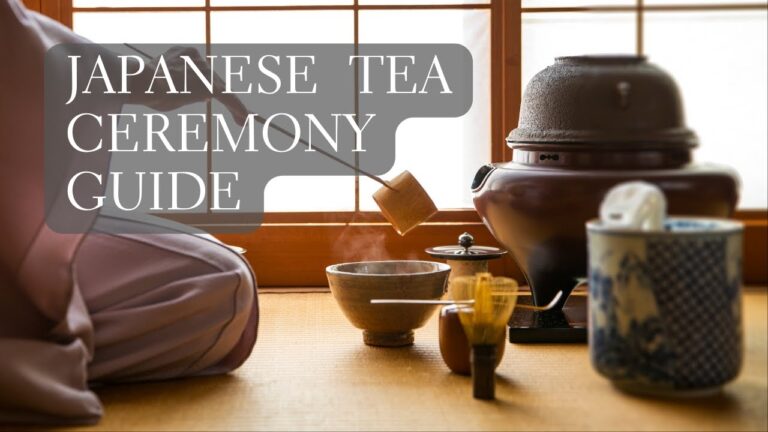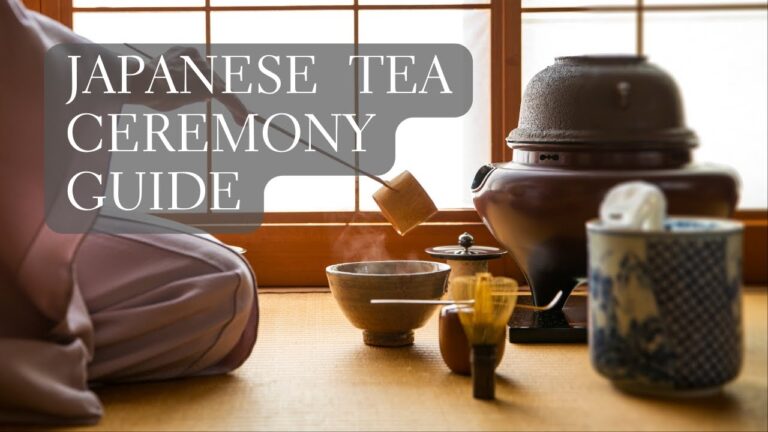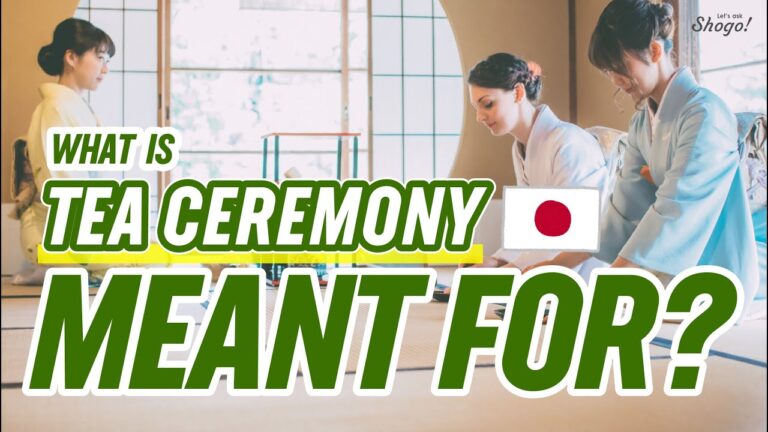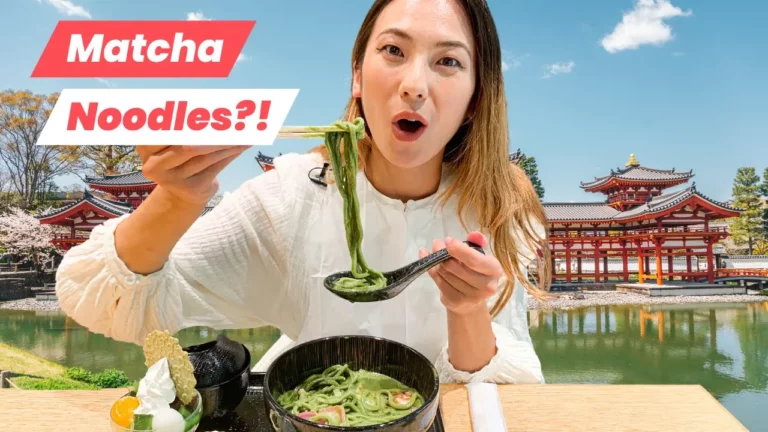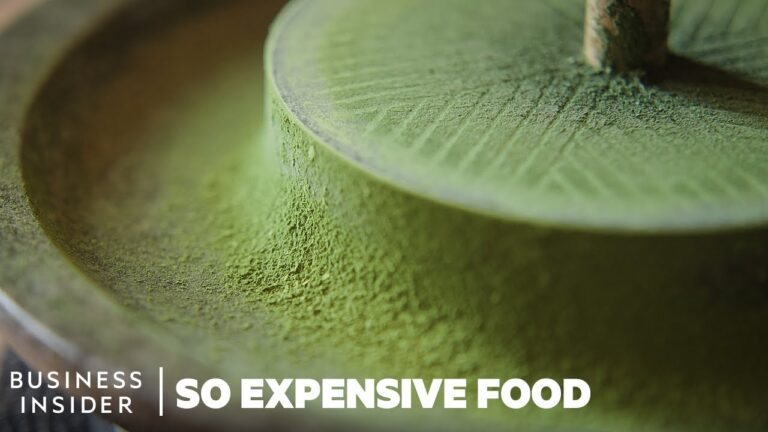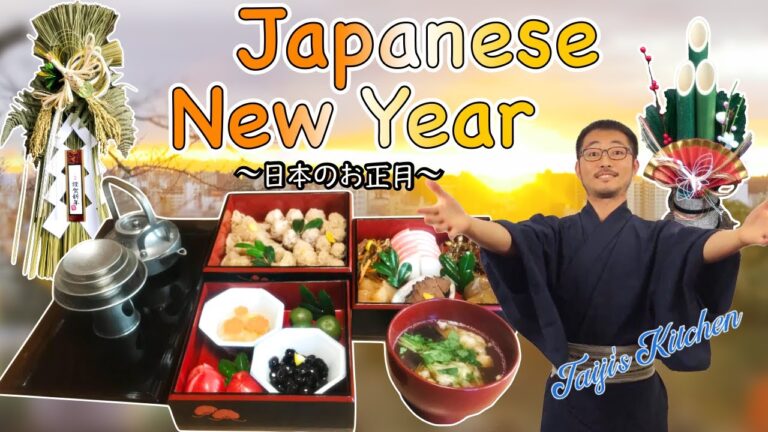The Japanese tea ceremony, known as “chanoyu” or “sado,” is a centuries-old tradition that goes beyond just the act of drinking tea. This intricate cultural practice involves a series of rituals and steps that unfold over the course of approximately four hours. From the gathering of guests to the final moments of enjoying different types of matcha, each part of the ceremony holds deep significance and symbolism.
The ceremony typically begins with guests gathering together in a designated waiting room, where they are served hot water to quench their thirst and relax before the ceremony commences. After all the guests have arrived, they move to a different waiting area outside, symbolizing a transition from the ordinary world to the serene space of the tea ceremony.
As the ceremony progresses, the host welcomes the guests into the tea room, where they engage in silent interactions that embody the philosophy and virtues of the tea ceremony. The preparation of charcoal, serving of a traditional kaiseki meal, and presentation of tea sweets all contribute to the holistic experience of the ceremony.
One of the highlights of the tea ceremony is the serving of two different types of matcha: the thick “koicha” and the thin “usucha.” The intricate process of preparing and serving the tea becomes the climax of the ceremony, with guests immersing themselves in the sights and sounds of the ritual.
Throughout the ceremony, guests and hosts observe various etiquettes and customs, from purifying hands and mouths to showing respect for the tea utensils. Each aspect of the ceremony is carefully orchestrated to create a harmonious and meaningful experience for all participants.
By delving into the rich traditions of the Japanese tea ceremony, one gains a deeper understanding of Japanese culture and aesthetics. The meticulous attention to detail, respect for nature, and emphasis on mindfulness make the tea ceremony a profound and enlightening practice that transcends mere tea-drinking.
In conclusion, the Japanese tea ceremony offers a glimpse into a world where every gesture, every moment, and every sip of tea carries profound significance. It is a cultural treasure that invites participants to slow down, savor the present moment, and appreciate the beauty of simplicity and grace.

